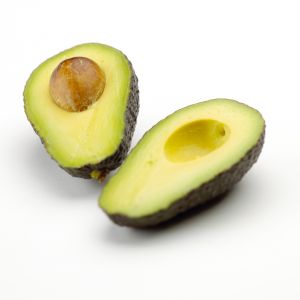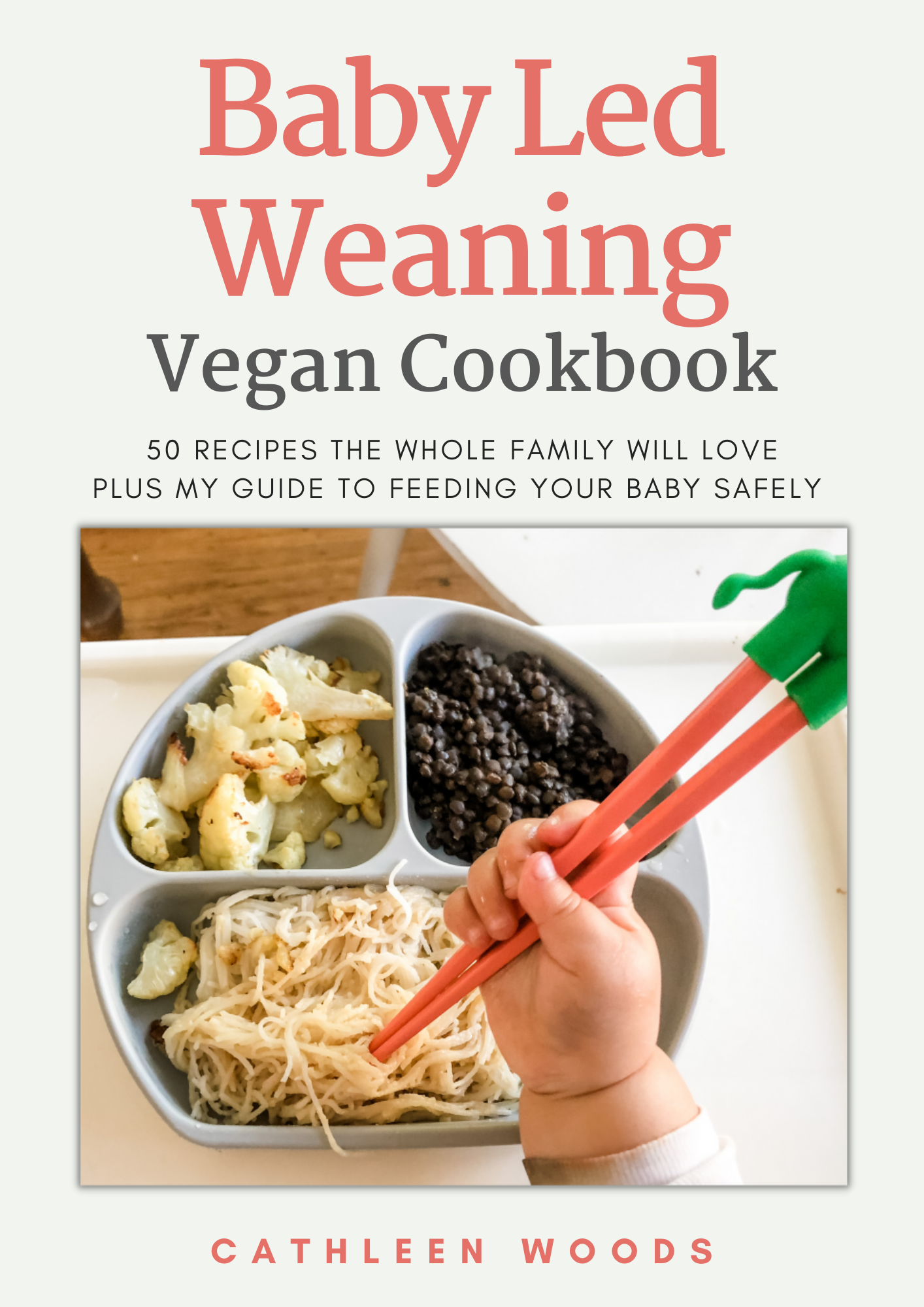FTC Disclosure: If you make a purchase via a link on this site, I may receive a small commission on the transaction - at no added cost to you - this is my side job to being a mom and it helps to support our family, so I greatly appreciate it!
Homemade Baby Food Tips and Tricks
Making homemade baby food is super simple and can be really fun, but mainly it gives you peace of mind in knowing exactly what is in the food you give to your baby.
I doubt a lot of parents think about this, but all babies who are breastfed start out as vegans. The first foods that pediatricians recommend you introduce are grains, fruits, and vegetables such as bananas, apples, pears, avocados, sweet potatoes, butternut squash, oats, brown rice, and barley, all appropriately pureed, of course.
There are some rules to follow when making baby food:
1. When you're starting out, many people advise avoiding the common allergens, including peanuts, citrus fruits, and even wheat and soy. Also, try a new food by itself for four days to ensure baby doesn't have an allergic reaction.
2. Make sure to thoroughly mash or puree your baby food
3. No pits or hard pieces, obviously
4. Consult your pediatrician or midwife for a good idea of appropriate first foods for your baby food recipes.
5. Clean your hands and make sure the knives and cutting surface are clean.
6. Sweeter foods are going to go over better at first than a less sweet vegetable, but over time baby will get used to vegetables. Keep trying the vegetables until your baby gets used to them.
7. This goes without saying on a vegan website, but stay away from milk and dairy products, shellfish, egg whites, or any type of raw fish or rare meats.
8. You never need to add sugar or salt to homemade baby food recipes, and should avoid it at all costs. Added sodium and sugar are part of what make regular jarred baby foods so unhealthy for your baby.
How Much Homemade Baby Food Can Baby Eat?
A great rule of thumb is to remember that your child's stomach is about the size of his fist. Depending on when you've decided to start introducing solid foods, your baby will probably eat no more than a spoonful of the first food.
You know your baby better than any guidelines can specify, so you should decide when and how to introduce homemade baby food to your baby. Your baby will probably start to take an interest in what you are eating at some point, and that's a great indication that you can try other foods.
It usually works best to go through your normal breastfeeding routine, and at the end offer up your new baby food recipe. That way, your baby will understand that what you are giving is also food.
While some pediatricians recommend starting on solid foods at four months, the AAP recommends not starting until at least six months of age. This can be confusing, but ultimately you have to do what you feel is best for your baby, so consult your pediatrician and make an informed decision.
At each stage of age, you can try adding new baby foods to your baby's diet. While there are a few good, natural baby foods on the market, it's so simple to make your own baby food that I highly recommend trying it. It's much cheaper and allows you total control over what's in their food.
Baby Food Recipes
The very first homemade baby food recipe you ever use to make food is going to look something like this:
1. Cut open an avocado, and cut off a slice.

2. Mash the slice of avocado thoroughly (option to add breast milk or water for texture.)
3. Offer the smashed avocado to your baby.
4. Either slice and freeze the rest of the avocado for later, or eat the rest it yourself.
There's not much intricacy involved here. Another excellent first food for your baby is bananas, which you can substitute in for the avocado recipe above. It's best if you can still nurse up to at least one year old while introducing solid foods, as breast milk is the very best food for your growing baby.
Early on, you can also try steaming apples, pears, sweet potatoes, green beans, and/or butternut squash and then pureeing and straining them to remove any strings, and then feeding that to your baby.
Grains like rice, barley, and oats are great to start with around six months old as well. To make them, you just boil them and then puree and strain. Homemade baby food at six months old is simple.
I love the Vitamix for pureeing everything, and it especially excels at baby food. They have a few baby food recipes on their site as well.
How to Store Homemade Baby Food
Making baby food doesn't have to be time consuming. In fact, there's no reason why every parent shouldn't be able to make their own baby food, as long as they learn the simple rules to storing it.
When you boil the vegetables, grains, or fruits you are using for baby food, set the boiling water aside until you are ready to blend or process the baby food. You'll need a little bit of water to get the blending action going, and the boiling liquid has some of the vitamins and minerals that leached out of the food when you were cooking it.
Add a bit of water and puree or blend (I love the Vitamix for this) until the food is thoroughly smooth.
A great way to freeze the homemade baby food is to transfer the pureed food to ice cube trays. Ice cubes are typically about 1 ounce of food, which will be more than enough for your baby at first, and perfect for when they're a little older. If you can find ice cube trays with lids, those are ideal, or you can simply cover the tray with plastic wrap and freeze.
Once the cubes are completely frozen, remove the cubes and place them in labeled plastic bags. Make sure to use your baby food within one month of freezing to ensure your baby is getting the full benefit of the fresh vegetable or fruit.
Then all you need to do is thaw and feed to your baby.
Learning how to make homemade baby food will save you time, money, and worry at the grocery store, and it gives you full control over what your baby eats. Jarred baby food often has added sugar, salt, and preservatives, and by the time your baby eats it, many of the healthful nutrients are no longer in the actual food. With a few tricks on pureeing and storing baby food, no matter how busy you are as parents, you should be able to make your own organic baby food.
In the interest of full disclosure... I am an affiliate for Vitamix, which means that if you follow one of my links in this article and decide to buy a Vitamix, I get a commission. I'm really choosy about which companies to work with because it's important to me that I treat you like I would my best friend. If it's not something I'd recommend to my family, I won't recommend it to you.






New! Comments
Have your say about what you just read! Leave me a comment in the box below.